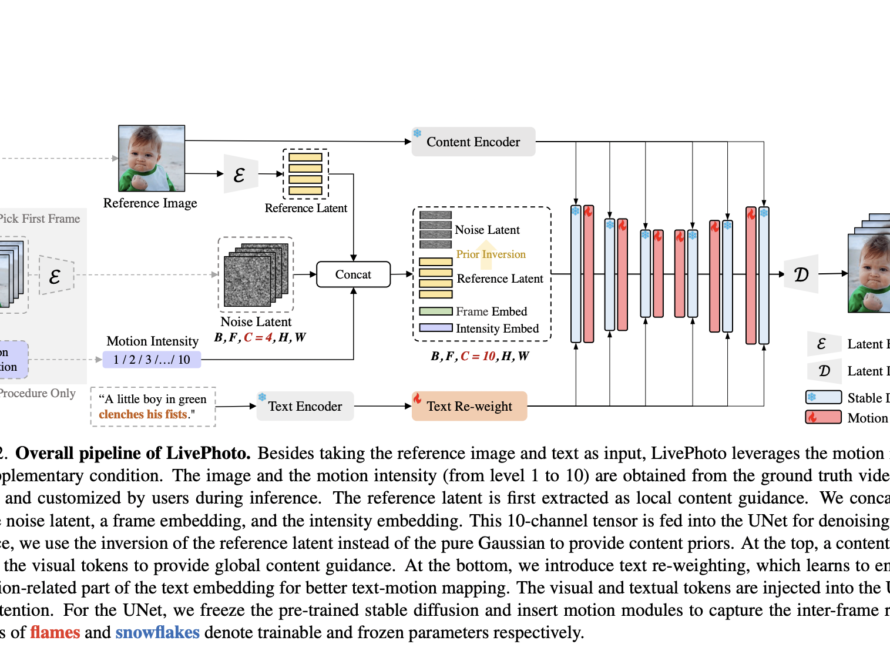Gaussian Splatting is a novel 3D rendering technique representing a scene as a collection of 3D Gaussian functions. These Gaussians are splatted, or projected, onto the image plane, enabling faster and more efficient rendering of complex scenes compared to traditional methods like neural radiance fields (NeRF). It particularly effectively renders dynamic and large-scale scenes with high visual quality. Currently, Gaussian Splatting methods like the original implementation and open-source projects such as GauStudio provide foundational tools for 3D reconstruction. However, this method also faces challenges in optimizing memory usage, training speed, and convergence times.
A team of researchers from UC Berkeley, Aalto University, ShanghaiTech University, SpectacularAI, Amazon, and Luma AI addressed these limitations by developing gsplat, an open-source Python library that integrates tightly with PyTorch and features optimized CUDA kernels to improve memory efficiency and training time. Unlike other methods, gsplat is designed for modularity, allowing developers to easily implement the latest Gaussian Splatting research advancements. It also introduces features such as pose optimization, depth rendering, and N-dimensional rasterization, which are missing in previous implementations.
The gsplat library includes several technological advancements and optimizations. For example, it implements advanced densification strategies such as Adaptive Density Control (ADC), the Absgrad method, and Markov Chain Monte Carlo (MCMC), which allow developers to control Gaussian pruning and densification more effectively. The library enables gradient flow to Gaussian parameters and camera view matrices for optimizing camera poses. This feature reduces the pose of uncertainty during 3D reconstruction. gsplat also introduces anti-aliasing techniques to mitigate aliasing effects in 3D scenes, using MipSplatting for enhanced visual quality. The library’s back-end consists of highly optimized CUDA operations, resulting in faster training times and reduced memory consumption, as demonstrated in their experimental results.
gsplat outperforms the original implementation of Gaussian Splatting on several metrics. On the MipNeRF360 dataset, gsplat achieves the same rendering quality but reduces training time by 10% and memory consumption by up to 4×. It also supports advanced features, like the Absgrad and MCMC methods, which further improve performance in specific scenarios. For example, when combined with MCMC, gsplat reduces memory usage to 1.98 GB compared to the original 9 GB and decreases training time by over 40%. These improvements make gsplat suitable for large-scale training and hardware-constrained environments while promoting research by providing a flexible and modular interface.
In conclusion, the gsplat library successfully addresses the limitations of the original Gaussian Splatting methods by improving memory efficiency, reducing training time, and offering advanced features like pose optimization and anti-aliasing. It is designed to promote further research by providing a user-friendly, flexible API that integrates well with PyTorch.
Check out the Paper and GitHub. All credit for this research goes to the researchers of this project. Also, don’t forget to follow us on Twitter and join our Telegram Channel and LinkedIn Group. If you like our work, you will love our newsletter..
Don’t Forget to join our 50k+ ML SubReddit
Pragati Jhunjhunwala is a consulting intern at MarktechPost. She is currently pursuing her B.Tech from the Indian Institute of Technology(IIT), Kharagpur. She is a tech enthusiast and has a keen interest in the scope of software and data science applications. She is always reading about the developments in different field of AI and ML.



